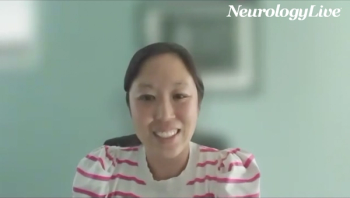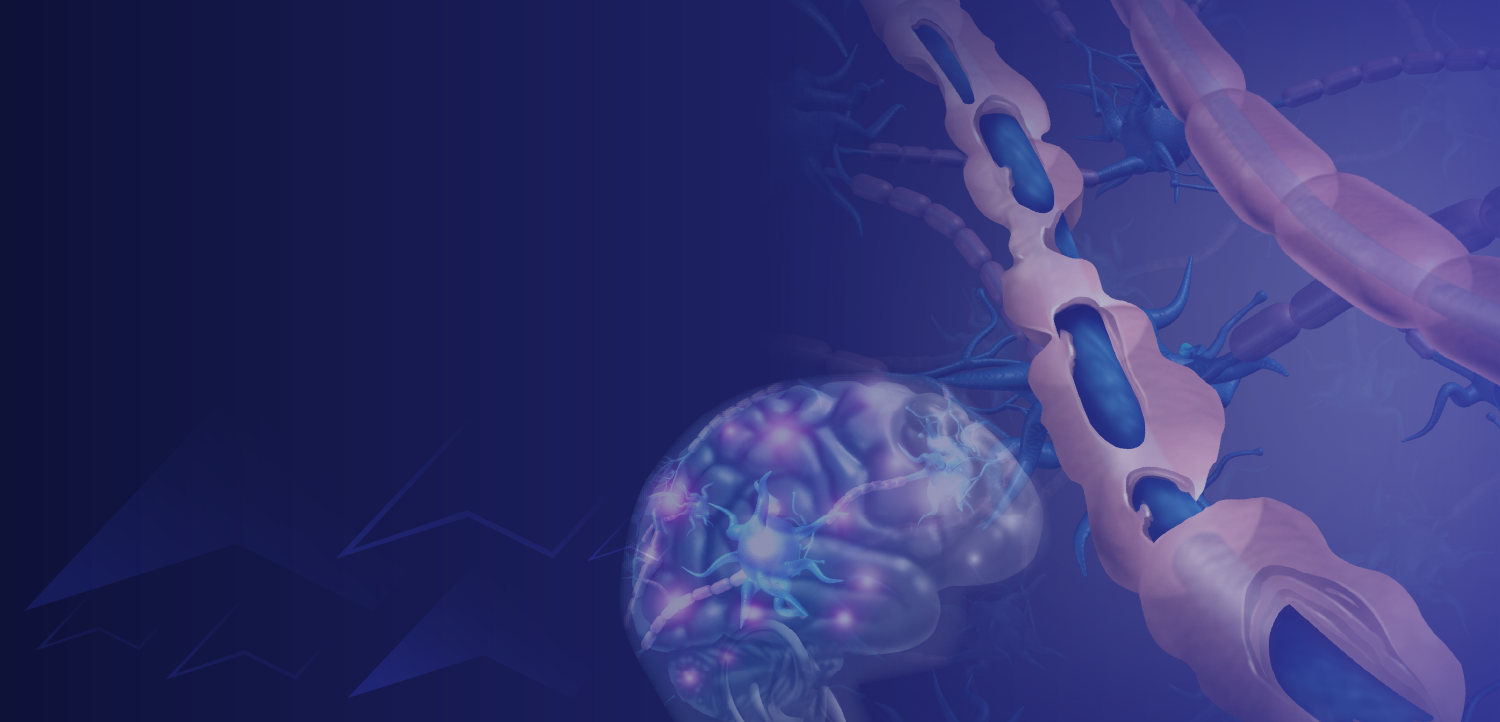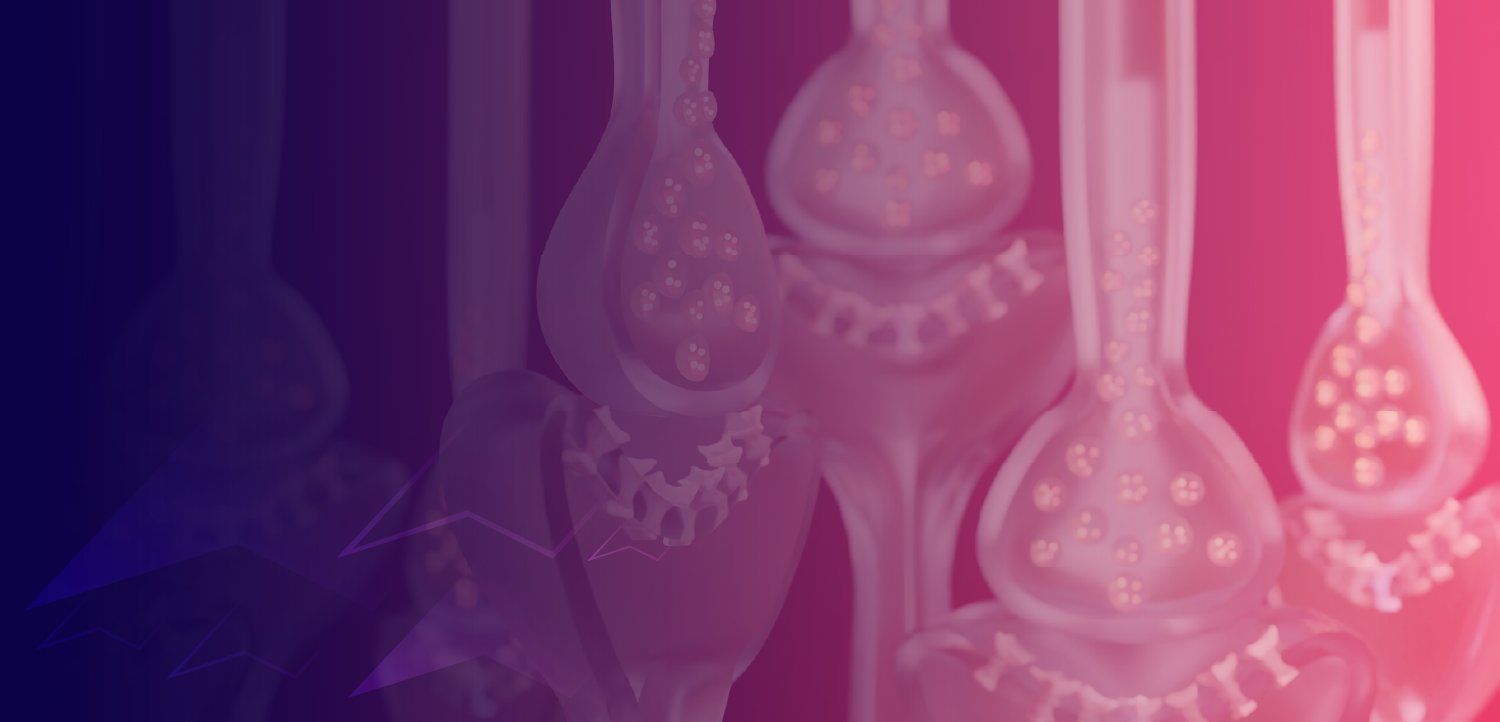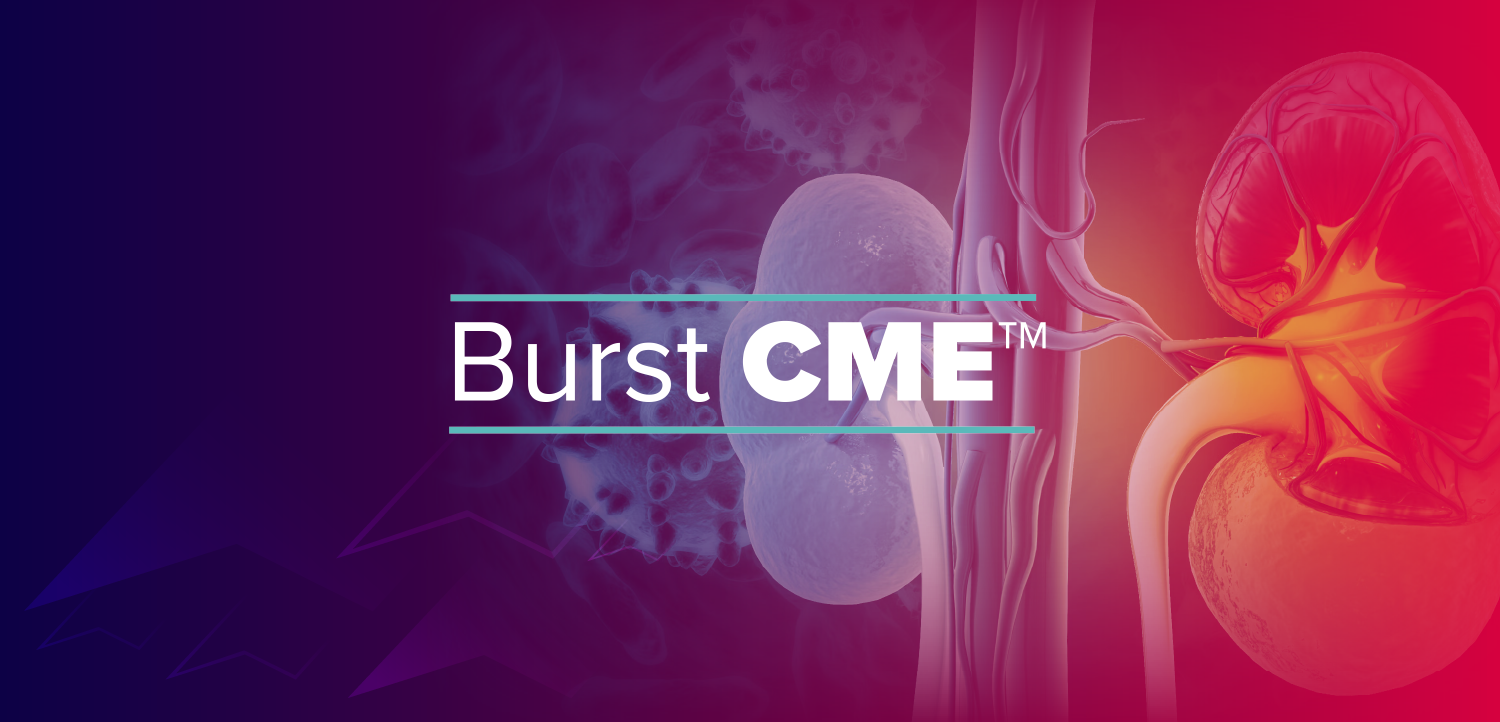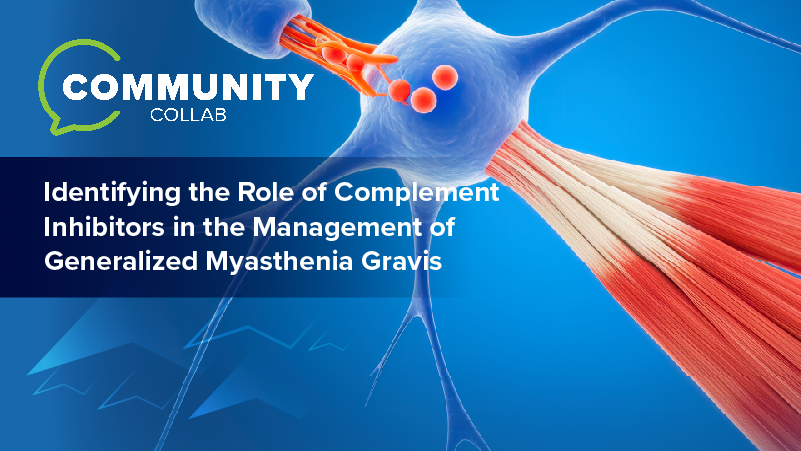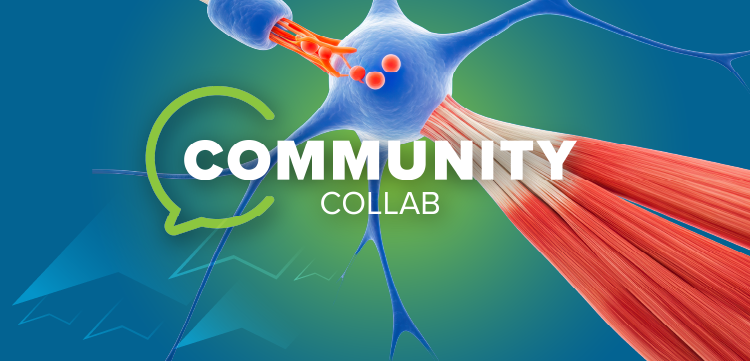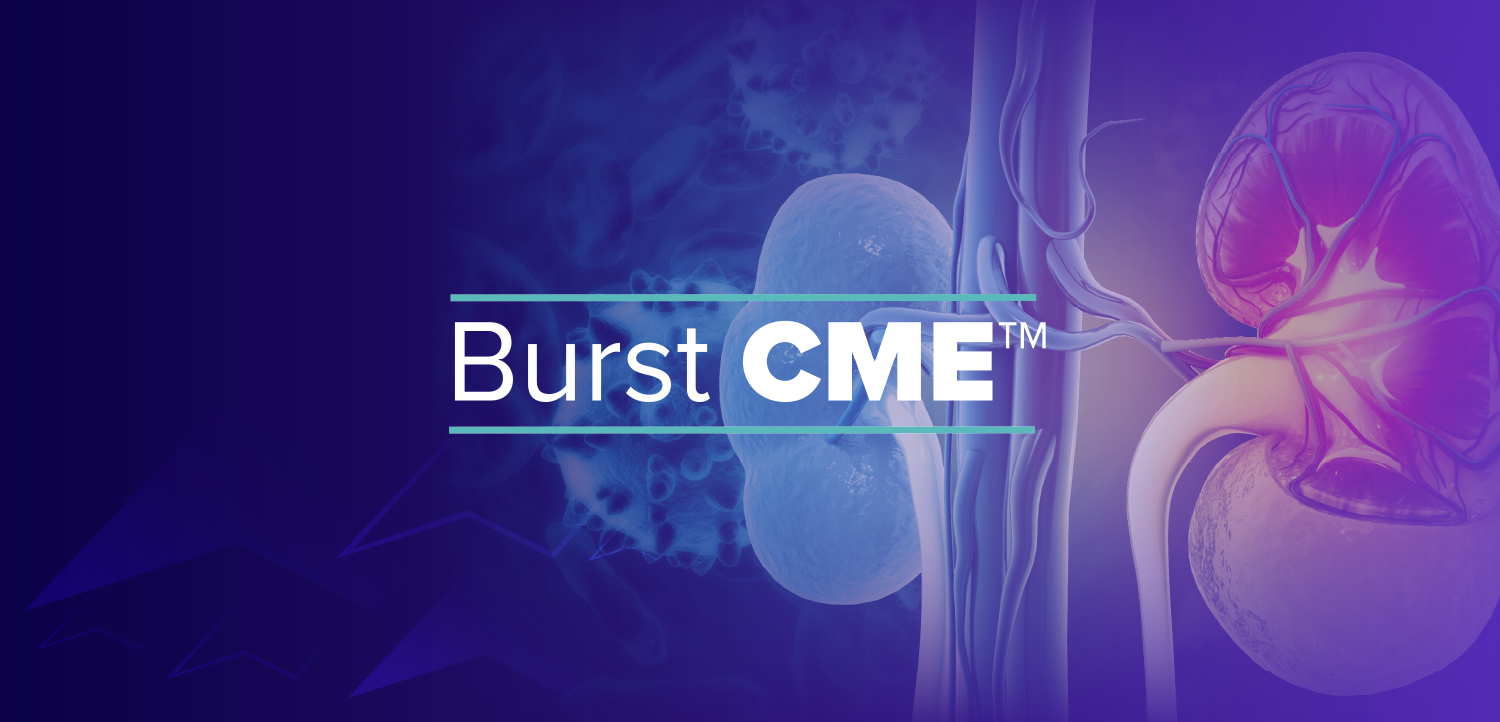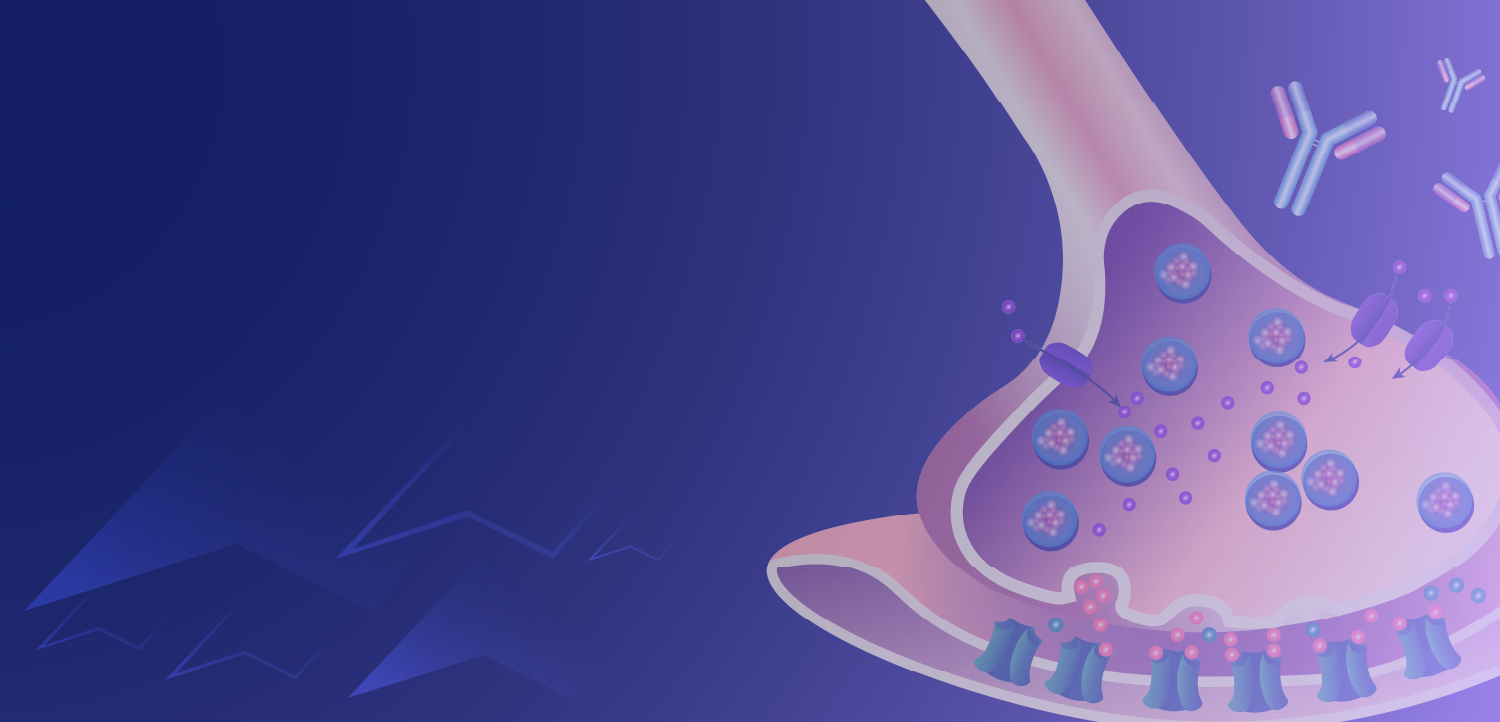
The Complement Connection in Guillain-Barre and Chronic Inflammatory Demyelinating Polyneuropathy
Key Takeaways
- The complement system contributes to the pathogenesis of GBS and CIDP, causing neuroinflammation, demyelination, and axonal injury.
- GBS involves acute axonal and myelin damage, while CIDP presents as chronic or relapsing-remitting sensorimotor deficits.
Explore the role of the complement system in autoimmune neuropathies like GBS and CIDP, and discover innovative therapeutic strategies targeting complement pathways.
The complement system, a central component of innate and humoral immunity, is recognized as a contributor to the pathogenesis of autoimmune disorders affecting the peripheral nervous system (PNS), such as Guillain-Barré syndrome (GBS) and chronic inflammatory demyelinating polyneuropathy (CIDP). Functionally, the cascade operates through an enzymatic phase and a lytic phase, culminating in the production of opsonins such as C3b and C4b, anaphylatoxins including C3a and C5a, and the membrane attack complex (MAC; C5b-9), which directly lyses cell membranes.1 While these mechanisms are essential for host defense, their misdirection toward peripheral nerve components causes neuroinflammation, demyelination, and axonal injury.
In GBS, immune-mediated damage at the axonal components results in acute motor axonal neuropathy (AMAN), and damage at the myelin sheath results in acute inflammatory demyelinating polyneuropathy (AIDP).2 AMAN is often linked to antecedent Campylobacter jejuni infection, in which molecular mimicry induces the generation of immunoglobulin G1 (IgG1) and IgG3 antibodies against gangliosides GM1 and GD1a.3 These antibodies localize to nodes of Ranvier and paranodal regions of motor axons2, initiating the classical complement pathway through C1q binding with active forms C1r and C1s.1 This complex leads to downstream activation of C4 and C2, the formation of C3 convertase, which produces C3b, which binds to C3 convertase to form C5 convertase, and ultimately the formation of the MAC by recruiting C5b through C9.1 The MAC inserts into the axolemma, particularly at the nodes of Ranvier, causing disruption of sodium channel function, conduction block, and eventually axonal degeneration.3 Conversely, AIDP is characterized more by T-cell activation by cytokines and macrophage-mediated demyelination3 and may have limited benefit with complement inhibition.3
CIDP, in contrast to the acute monophasic nature of GBS, presents as a progressive or relapsing-remitting symmetric sensorimotor deficits lasting at least 2 months.4 Revised diagnostic criteria now exclude patients with autoimmune nodopathies involving IgG4 antibodies against nodal-paranodal antigens such as neurofascin-155, contactin-1, or CASPR14, which do not activate complement because IgG4 binds to C1q poorly.5 In CIDP, complement involvement is supported by pathological and experimental data. Sural nerve biopsies show IgG and IgM deposits on myelin sheaths and sera from patients who responded clinically to plasma exchange (PE)—when transferred to nonhuman primates or intraneurally injected into rat sciatic nerves—induced demyelination and reduced conduction velocity.6 In a study by Quast and colleagues, C5a and soluble terminal complement complex (sTCC) were used as markers for complement activity.6 Treatment-naïve CIDP patients had significantly higher serum and cerebrospinal fluid (CSF) levels of C5a —only CIDP patients had C5a serum levels above 95.6 ng/mL—and sTCC (P < .0001), whereas lupus controls showed lower levels.6 This reinforces the view that terminal complement activation is a key pathogenic mechanism contributing to nerve damage in CIDP.6
The vulnerability of the nodes of Ranvier to complement attack is due to the localized absence of complement regulatory proteins, such as CD59.7. CD59 inhibits MAC formation by inhibiting C8 and thereby preventing the recruitment of C97. Karbian and colleagues found CD59 present in the compact myelin but absent in the nodes of Ranvier in both human and murine immunohistochemically stained nerve fibers, suggesting the complement protective effect of CD59.7 CD59 deficiency in human sera and murine models results in uncontrolled complement-mediated PNS damage.7 Without CD59, MAC assembly proceeds unopposed at the nodes of Ranvier, causing recurrent demyelinating damage.7 Although there are no approved therapies to replace CD59 function directly, the effect of complement components and its inhibition could serve as potential therapeutic targets in PNS disorders.
In both GBS and CIDP, the standard of care is treatment with intravenous immunoglobulin (IVIg) or PE.4,8 Although IVIg has multiple immunomodulatory effects, its primary mechanism is thought to involve inhibition of C3 activation.1 Despite its place in therapy, IVIg has limitations, including cost, time spent on treatments, and limited supply availability.9 These challenges highlight the need for another therapeutic approach. By selectively inhibiting specific components of the complement pathway, such as C5, C1q, and C1s, complement-targeted therapies may prevent axonal injury during the acute phase and preserve long-term function.2 As a result, the therapeutic intervention of the complement pathway presents a novel mechanism for complement-mediated conditions such as GBS and CIDP.
Results from the phase 2 JET-GBS trial (NCT02029378) showed that adding the C5 inhibitor eculizumab to IVIg did not significantly increase independent ambulation at week 4 vs placebo, but it did improve longer-term outcomes such as the proportion of patients able to run or return to full health by week 24 (74% vs 18%; P = .004).10 These promising results from the phase 2 trial prompted investigation in a phase 3 trial; however, eculizumab did not demonstrate a statistically significant benefit in GBS.11 Tanruprubart (ANX005), a selective C1q inhibitor, acts further upstream by preventing initiation of the classical complement pathway and preventing generation of C3 and C5 convertases and MAC assembly.12 In the phase 3 GBS-02 study (NCT07020819), tanruprubart significantly improved functional outcomes with treated patients having 2.4 times higher likelihood of being in a better GBS-Disability Scale category at week 8 (OR, 2.41; P = .0058), achieving independent ambulation 31 days earlier (P = .0211), and discontinuing mechanical ventilation 28 days sooner than placebo (P = .0356).12
Riliprubart, a novel monoclonal antibody that selectively inhibits C1s, has demonstrated promising results in a phase 2 trial in CIDP.13 By selectively inhibiting C1s, riliprubart blocks the activation of C4 and subsequent steps in the classical cascade while sparing the lectin and alternative pathways. In this trial, riliprubart was administered to CIDP patients as a replacement for standard of care (SoC), in SoC-refractory individuals, or in those naïve to SoC therapy.13 Across all groups, riliprubart led to stabilization or improvement in motor function in 87% to 92% of patients at week 24, with significant reductions in neurofilament light chain levels, a biomarker of axonal injury, and sustained inhibition of complement activity through 48 weeks.13 Importantly, riliprubart was well tolerated, with a safety profile consistent across cohorts.13
The evidence positions complement as a pathogenic factor in GBS and a chronic contributor to demyelination and axonal injury in patients with CIDP. Standard therapies remain effective for most, but their limitations and the effect of complement-driven pathology in PNS disorders have opened a path for targeted treatments that block C1q, C1s, or C5. Because IgG1/IgG3-mediated disease relies on efficient C1q engagement, C1q/C1s inhibitors are well-matched to GBS and complement-fixing CIDP. As ongoing and future trials clarify efficacy and safety, complement inhibitors may become valuable additions to the nuanced therapeutic approaches to inflammatory neuropathies.
REFERENCES
1. Dalakas MC, Alexopoulos H, Spaeth PJ. Complement in neurological disorders and emerging complement-targeted therapeutics. Nat Rev Neurol. 2020;16(11):601-617. doi:10.1038/s41582-020-0400-0
2. Sivadasan A, Bril V. Therapies in Autoimmune Peripheral Neuropathies beyond Intravenous Immunoglobulin, Plasma Exchange and Corticosteroids: An Analytical Review. Transfus Med Rev. 2022;36(4):220-229. doi:10.1016/j.tmrv.2022.05.002
3. Gorson KC. Evolving understanding of Guillain-Barré syndrome pathophysiology and the central role of the classical complement pathway in axonal injury. Front Neurol. 2025;16. doi:10.3389/fneur.2025.1572949
4. Van den Bergh PYK, van Doorn PA, Hadden RDM, et al. European Academy of Neurology/Peripheral Nerve Society guideline on diagnosis and treatment of chronic inflammatory demyelinating polyradiculoneuropathy: Report of a joint Task Force-Second revision. Eur J Neurol. 2021;28(11):3556-3583. doi:10.1111/ene.14959
5. Appeltshauser L, Weishaupt A, Sommer C, Doppler K. Complement deposition induced by binding of anti-contactin-1 auto-antibodies is modified by immunoglobulins. Exp Neurol. 2017;287(Pt 1):84-90. doi:10.1016/j.expneurol.2016.10.006
6. Quast I, Keller CW, Hiepe F, Tackenberg B, Lünemann JD. Terminal complement activation is increased and associated with disease severity in CIDP. Ann Clin Transl Neurol. 2016;3(9):730-735. doi:10.1002/acn3.331
7. Karbian N, Eshed-Eisenbach Y, Zeibak M, et al. Complement-membrane regulatory proteins are absent from the nodes of Ranvier in the peripheral nervous system. J Neuroinflammation. 2023;20(1):245. doi:10.1186/s12974-023-02920-9
8. van Doorn PA, Van den Bergh PYK, Hadden RDM, et al. European Academy of Neurology/Peripheral Nerve Society Guideline on diagnosis and treatment of Guillain-Barré syndrome. Eur J Neurol. 2023;30(12):3646-3674. doi:10.1111/ene.16073
9. Gorson KC. An update on the management of chronic inflammatory demyelinating polyneuropathy. Ther Adv Neurol Disord. 2012;5(6):359-373. doi:10.1177/1756285612457215
10. Misawa S, Kuwabara S, Sato Y, et al. Safety and efficacy of eculizumab in Guillain-Barré syndrome: a multicentre, double-blind, randomised phase 2 trial. Lancet Neurol. 2018;17(6):519-529. doi:10.1016/S1474-4422(18)30114-5
11. Kuwabara S, Kusunoki S, Kuwahara M, et al. Efficacy and safety of eculizumab in Guillain-Barré syndrome: A phase 3, multicenter, double-blind, randomized, placebo-controlled clinical trial. J Peripher Nerv Syst JPNS. 2024;29(3):339-349. doi:10.1111/jns.12646
12. Jeffrey Allen. GBS-02: A Phase 3 Study to Evaluate Efficacy, Safety, Pharmacokinetics, and Pharmacodynamics of ANX005 in Patients with Guillain-Barre Syndrome (GBS). Presented at: The American Academy of Neurology Annual Meeting; April 5, 2025; San Diego, CA. Accessed August 13, 2025. https://annexonbio.com/wp-content/uploads/2025/04/AAN-GBS-02-Study-Encore-Presentation_Final.pdf
13. Querol L, Lewis RA, Hartung HP, et al. Phase 2 Efficacy and Safety of Riliprubart, a C1s-Complement Inhibitor, in Chronic Inflammatory Demyelinating Polyneuropathy. Presented at: 2024 Peripheral Nerve Society Annual Meeting; June 22, 2024; Montreal, QC.
Newsletter
Keep your finger on the pulse of neurology—subscribe to NeurologyLive for expert interviews, new data, and breakthrough treatment updates.



